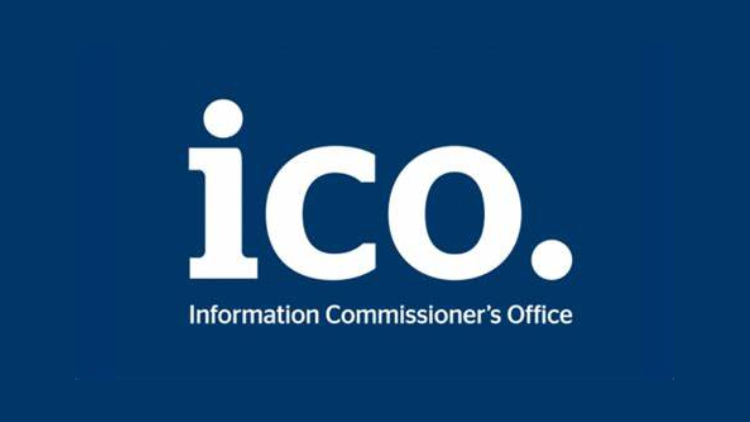Helen Gilbert
Outdated misconceptions may be causing some childcare settings to shy away from welcoming children with Down syndrome. But early years providers are ideally placed to help children with the condition to flourish.
George McCullagh, the oldest person in the UK and Ireland with Down syndrome, died in August 2022 at 78 years old – an age that would have been unthinkable in the 1940s. Back then, the mean life expectancy for a person with Down syndrome was 12 years, and people were often placed in institutional settings. Today, those with Down syndrome can expect to live, on average, until 60 years of age – and many lead largely independent and fulfilling lives. There are an estimated 41,700 people living with Down syndrome in England and Wales, and two babies are born with the condition – caused by an extra chromosome in the body’s cells – every day. Under the Equality Act 2010, which prohibits discrimination against people with a disability, service providers must treat those with Down syndrome fairly. But is this happening in early years settings? And are some childcare providers shying away from registering children with Down syndrome because of misconceptions?
Work closely with parents
Joanne Tindle, #Pants4School Coordinator at Down Syndrome UK, had a mixed experience when looking for a nursery for her 2-year-old daughter Freya. The joyful, adventurous toddler was already using several Makaton cards to communicate, but it took visits to five different childcare providers to find one that was accommodating. “The setting we chose let me visit as many times as I needed, answered the questions in the numerous emails I sent, worked with me on a longer introductory period for Freya, and reassured me with their willingness to use Makaton,” Joanne says. “They weren’t fazed by her not walking – they lowered the tuff tray tables so she could access them. They have encouraged her, and she loves going in.”
Individual personalities
Catherine McLeod MBE is Chief Executive at Dingley’s Promise, an organisation that supports under-5s with special educational needs and disabilities (SEND) or additional learning needs (ALN) and their families. She says some settings may make assumptions before knowing a child’s level of need and decide they cannot accommodate them. This comes, she says, from a narrow view of what it means to have Down syndrome, even though a wide range of abilities, strengths and challenges are associated with the condition (see Learning Profile). “Practitioners need to understand each child individually, and plan learning that helps that child reach their potential,” Catherine says. “If they need more support than other children, the setting may be able to apply for funding from the local authority. The setting can work with parents and other professionals on the identification of SEND or ALN, for the child with potentially an Education, Health and Care Plan being put in place in England or an Individual Development Plan in Wales ” Joanne points out that not all children need specialist equipment or care but, if they do, the professionals involved in the child’s life can advise the setting on how to manage those. “Be led by what the child needs,” she adds.
“Practitioners need to understand each child individually, and plan learning that helps that child reach their potential”
Avoid focusing on deficit
Joanne also encourages practitioners to talk to parents. “Meet with the professionals who have been working with the child, who may include a speech and language therapist, occupational therapist, sensory teacher, portage worker and so on.” Attention should also be paid to a child’s needs, rather than to problems, she says – for example, “Billy needs extra time to change”, not “Billy has a problem getting changed.” “Children with Down syndrome will show you that there is more to them than their diagnosis. They will strive for independence and surprise you with their abilities. As you do with all children, you will feel immense pride in enabling a child to achieve their best.” Some parents report difficulties in finding a place for their child in early years settings. “The sector is under financial pressure and some settings are turning children with SEND or ALN away because they don’t think they can afford to take them,” Catherine explains.
“Children with Down syndrome will show you that there is more to them than their diagnosis”
Be prepared and welcoming
Catherine encourages providers at the business planning stage to assume that children with SEND or ALN will attend. “Build this into your systems and budgets. You need to assume they will come, rather than react when they come.” Gillian Bird, Services Director for the Down’s Syndrome Association, recommends that practitioners use training courses and guidance (see Training Resources and What You Need To Know). “We would expect early provision to set the scene for children to progress into inclusive schools,” she says.
Benefits of inclusivity
According to Joanne, research shows that children with Down syndrome do better academically and socially when they are in inclusive settings. There are other advantages, too. Other children in the setting begin their lives seeing diversity and difference as the norm. Practitioners can answer questions and teach about compassion, patience and respect, while early years teams can develop their professional skillset. “A diverse setting is likely to attract committed staff who want to make a difference,” explains Catherine. “The reward of supporting a child who needs a little extra help to reach their potential is indescribable.” Cristina Sajtos, Nanny agrees. “The right support helps them bloom and form their character,” she says. “This motivates me to keep on top of my professional knowledge, so I offer only the best.” A final tip from Catherine is to remember that every child is unique and has varying levels of need. “The best thing you can do is be ambitious for every child and support them to reach their potential – as you would with any other child.”
Learning profile:
- Pattern of strengths and weaknesses
- Areas of strength Strong visual awareness and visual learning skills
- Ability to learn and use sign, gesture and visual support
- Ability to learn and use the written word
- Ability to learn from pictorial, concrete and practical materials
- Keen to communicate and socialise with others
- Tendency to model behaviour and attitudes from peers and adults
- Structure and routine.
Factors that may inhibit learning:
- Auditory and visual impairment
- Delayed motor skills – fine and gross
- Speech and language impairment
- Short term and working memory weaknesses
- Shorter concentration span consolidation and retention
- Difficulties with generalisation, thinking and reasoning
- Sequencing difficulties
- Avoidance strategies.
What you need to know
England
- The SEND Code of Practice: 0-25 years provides statutory guidance for SEND coordinators and early education providers. Find out more in our Spotlight page Caring for children with Special Educational Needs (England)
Wales
- The Additional Learning Needs and Education Tribunal (Wales) Act 2018 and the Additional Learning Needs Code provides the framework for the statutory system to support children and young people with additional learning needs in Wales. Find out more in our Spotlight page Additional Learning Needs (ALN) Wales/ Anghenion Dysgu Ychwanegol (ADY) Cymru
Training resources
- Dingley’s Promise runs the Changemakers Early Years Inclusion Project across England. It provides support for local authorities on developing their early years inclusion strategies, and offers training to practitioners on how to inclusively support children with SEND: Short Courses – Dingley’s Promise
- Positive About Down Syndrome runs Makaton sessions, as well as a nursery setting course that covers speech development, reading skills, managing behaviour and numeracy Positive About Down Syndrome – A website by parents for parents and parents-to-be
- Down Syndrome UK’s #Pants4School toilet training programme provides advice for children up to 5 Toilet Training – Down Syndrome UK
- Down Syndrome UK has a Facebook page for professionals working with children who have Down syndrome DSUK Professionals working with children w Down syndrome of preschool age | Facebook
The Down’s Syndrome Association provides online training, information and support through its website:



